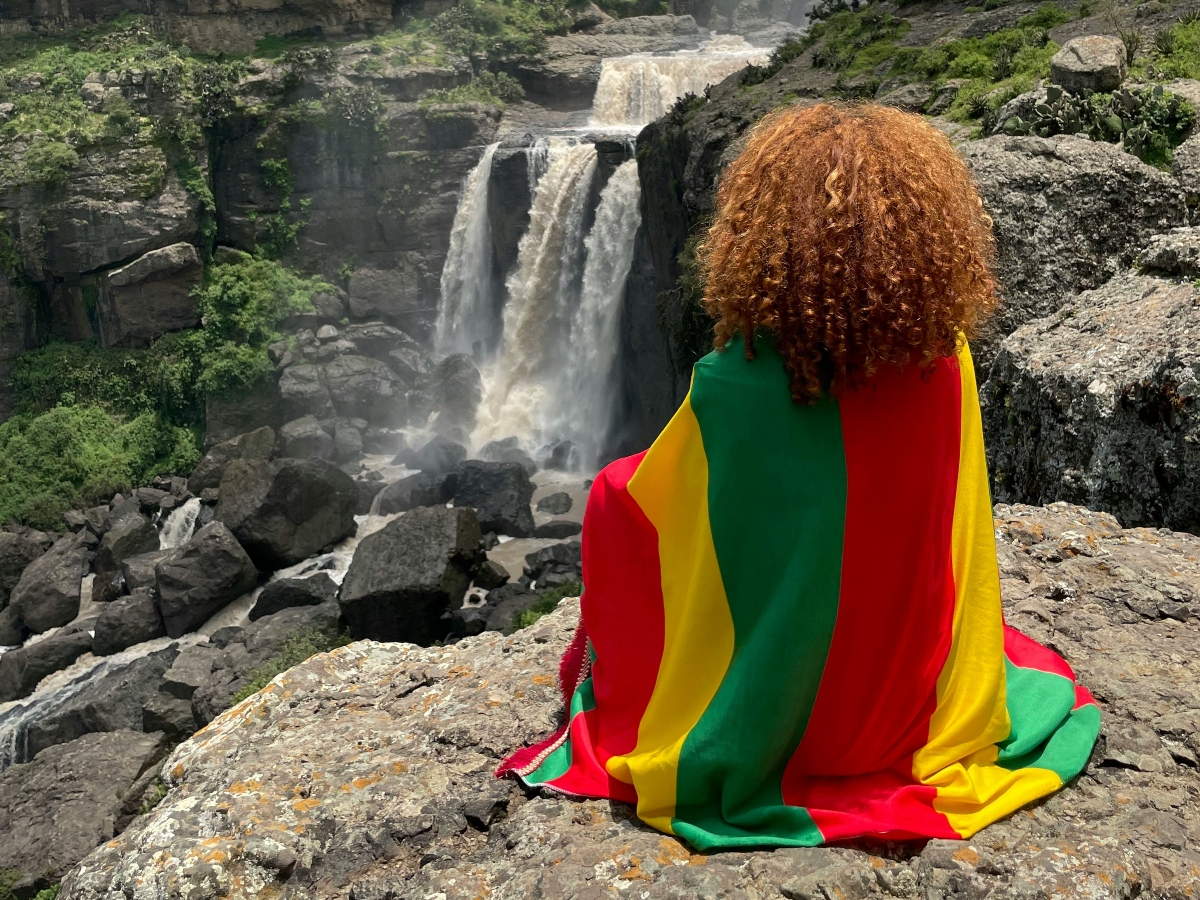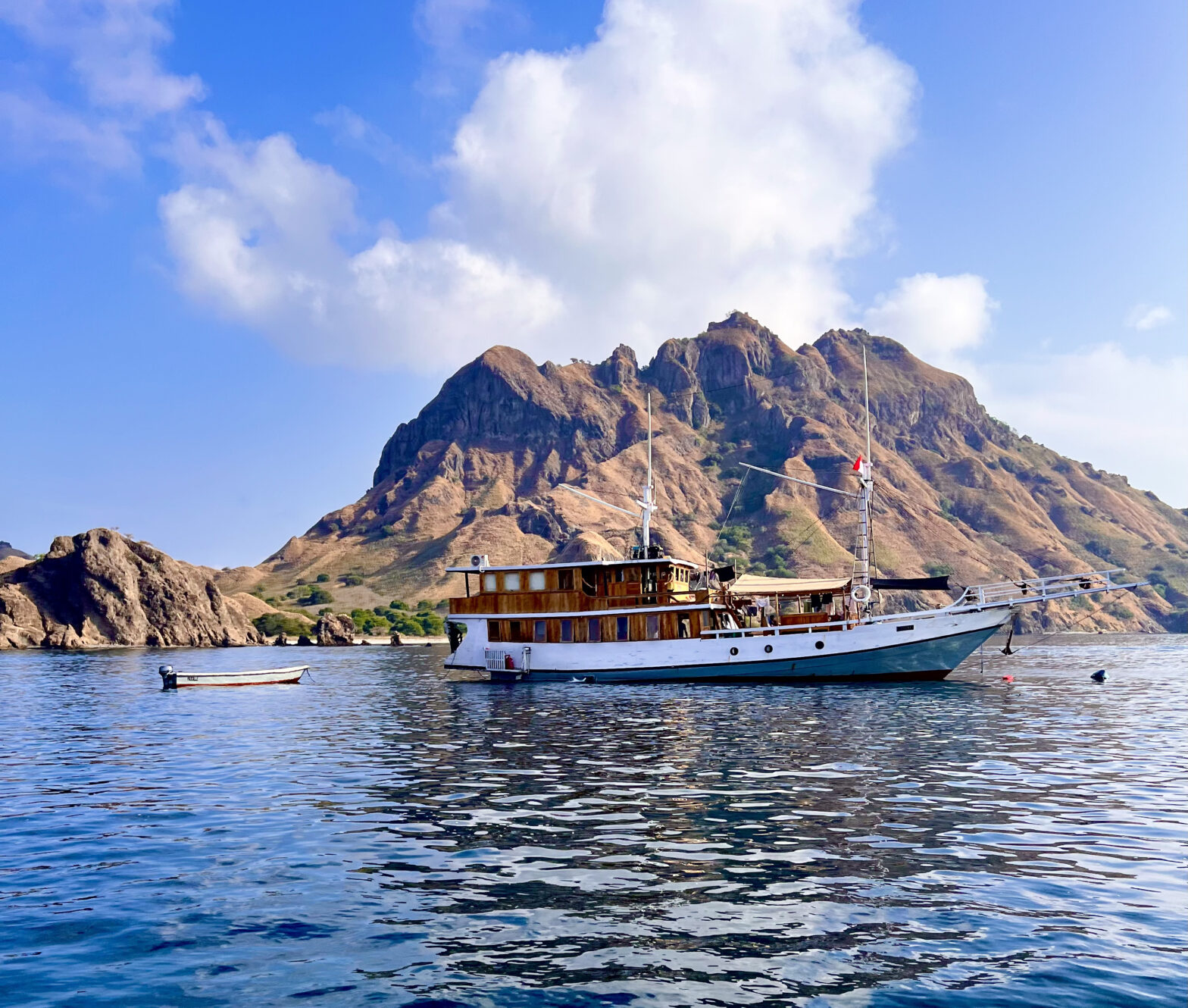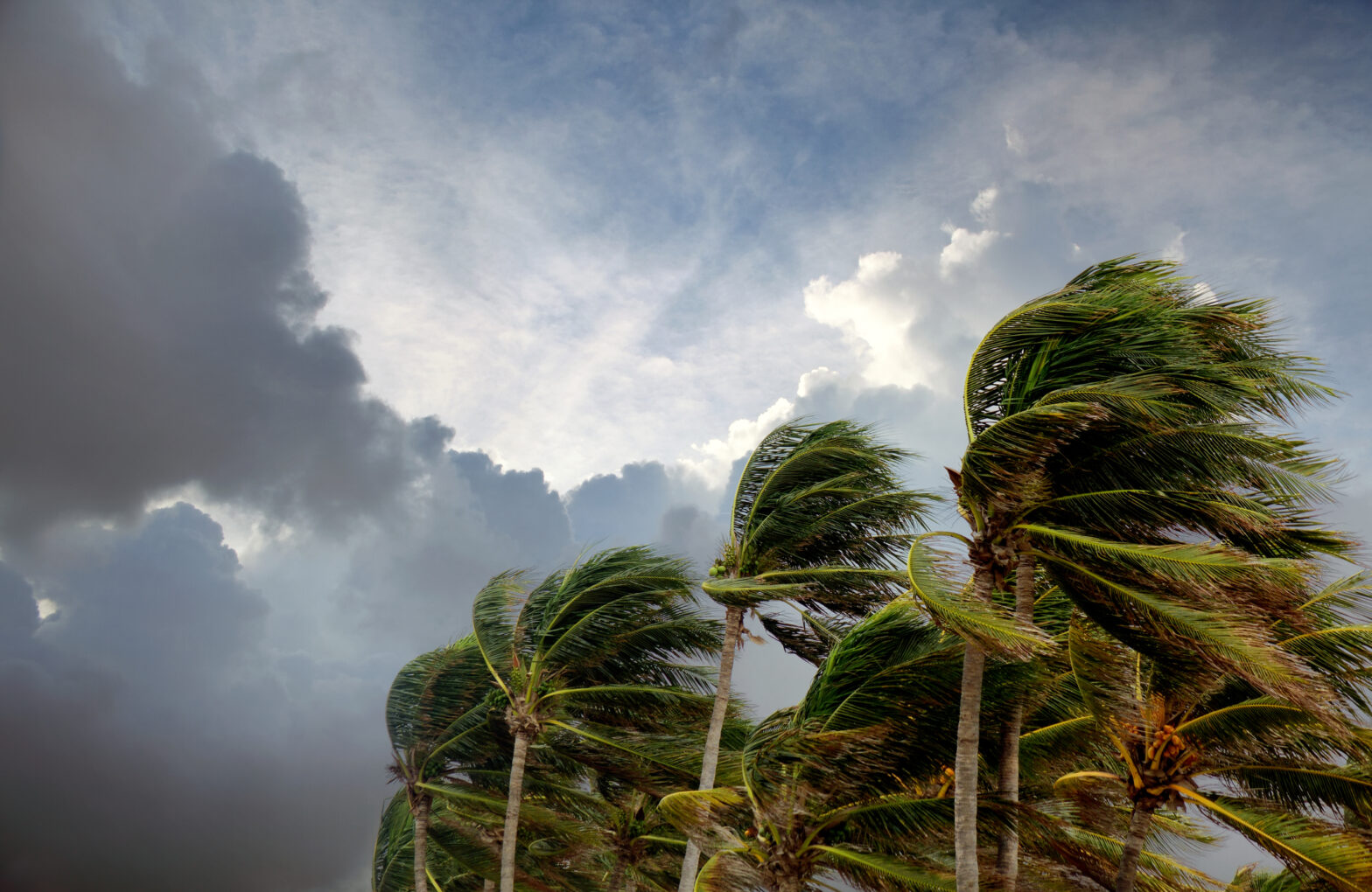A tragic, quiet event is taking place in the Tigray area of northern Ethiopia, threatening the Irob Catholic minority’s cultural and religious identity. With a long and storied past, the Irob people — now estimated at 50,000 — are at risk of extinction due to geopolitical tensions, ethnic cleansing and natural disasters.
The current plight
The Irob people’s present plight began in November 2020. It was during this time that Eritrean forces invaded their homeland as Ethiopia’s civil conflict escalated. Many liken the occupation to an open-air prison. Since then, it has been a terrifying ordeal for the Irob people.
Unique challenges
The Irob community is distinguished by their Catholic faith and the use of the Saho language. These features starkly contrast with the predominantly Ethiopian Orthodox and Tigrinya-speaking populace. The distinction, however, has become a curse in disguise. They now endure brutal efforts of forced assimilation by the Eritrean occupying forces. These efforts include imposing the Tigrinya language and mandatory conscription. Additionally, there’s the issuance of identification cards aimed at eroding their Ethiopian identity.
Further complicating matters, closed interregional borders have cut off humanitarian aid and separated families. It is now par for the course to have people arrested without a trial and then mysteriously vanish. All these are reminiscent of the harsh policies imposed by the military government in Eritrea under Isaias Afewerki 25 years ago. And because of their already low social standing, Catholic priests are the intended targets of this campaign of coercion and fear.
The future
Eritrea’s claim over the Irob area, citing the Treaty of Algiers of 2000, is vigorously contested by the Irob people and their defenders. They assert that their land has never been part of the former Italian colony of Eritrea. The Irob people have always been Ethiopians. And so, concrete actions are required to preserve the existence of the Irob and bring peace to the conflict-ridden region.
As the world watches, the question remains: will the Irob Catholic minority be obliterated from history, or will efforts to protect them succeed?





